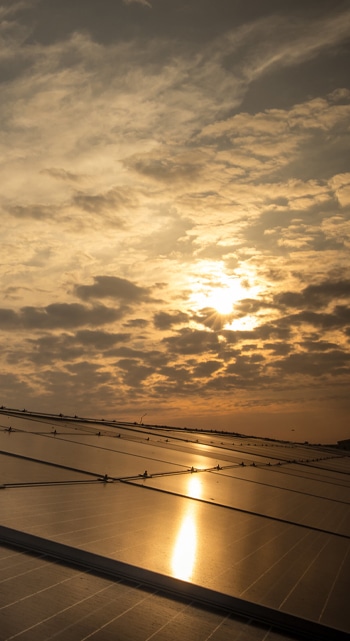
Synopsis The blog provides an explanation of net metering operations and its fundamental importance for rooftop solar economics when used by consumers. The system allows solar rooftop panels to send surplus daytime power to the power grid which generates credits that reduce monthly electricity expenses. The article examines how state policies affect returns through credit […]




